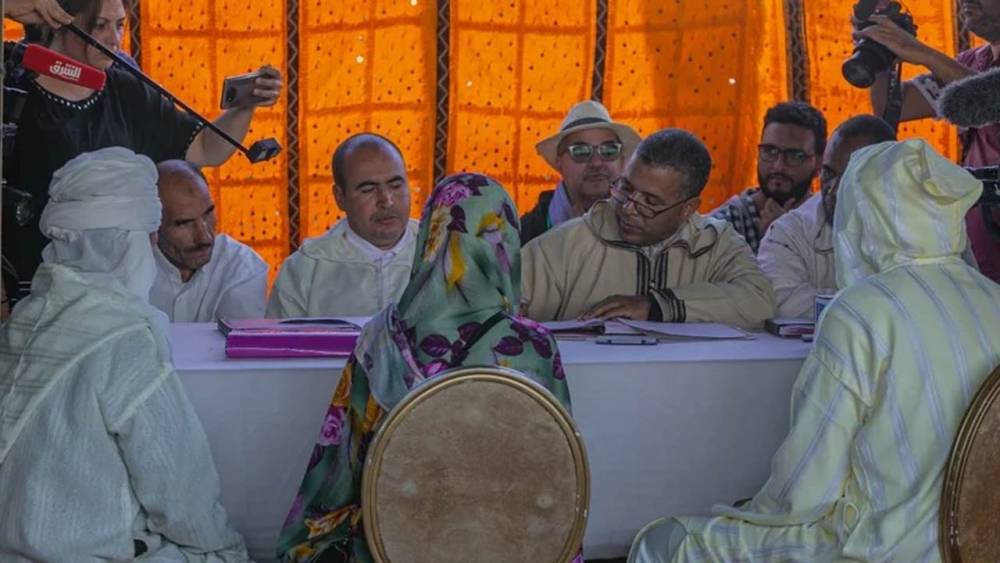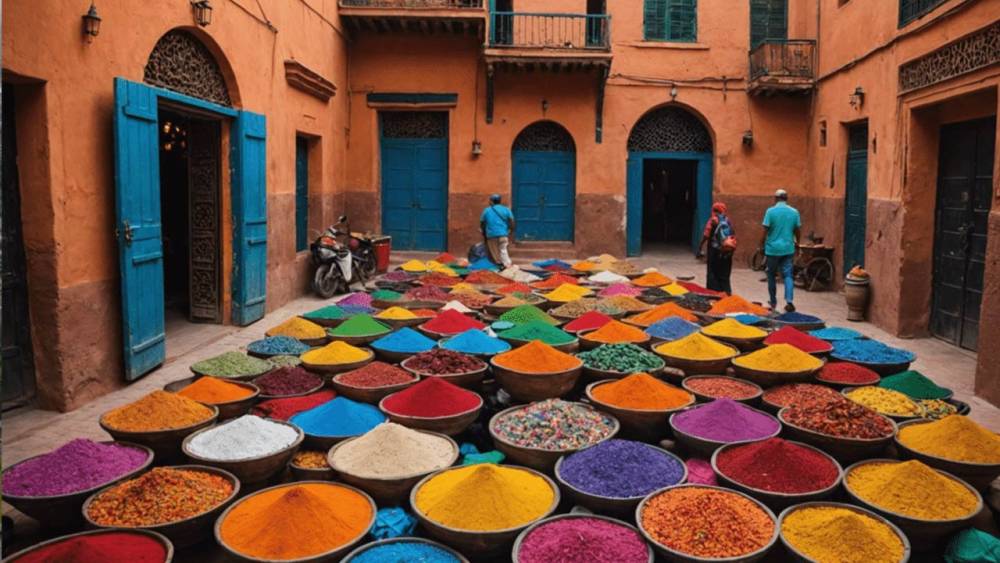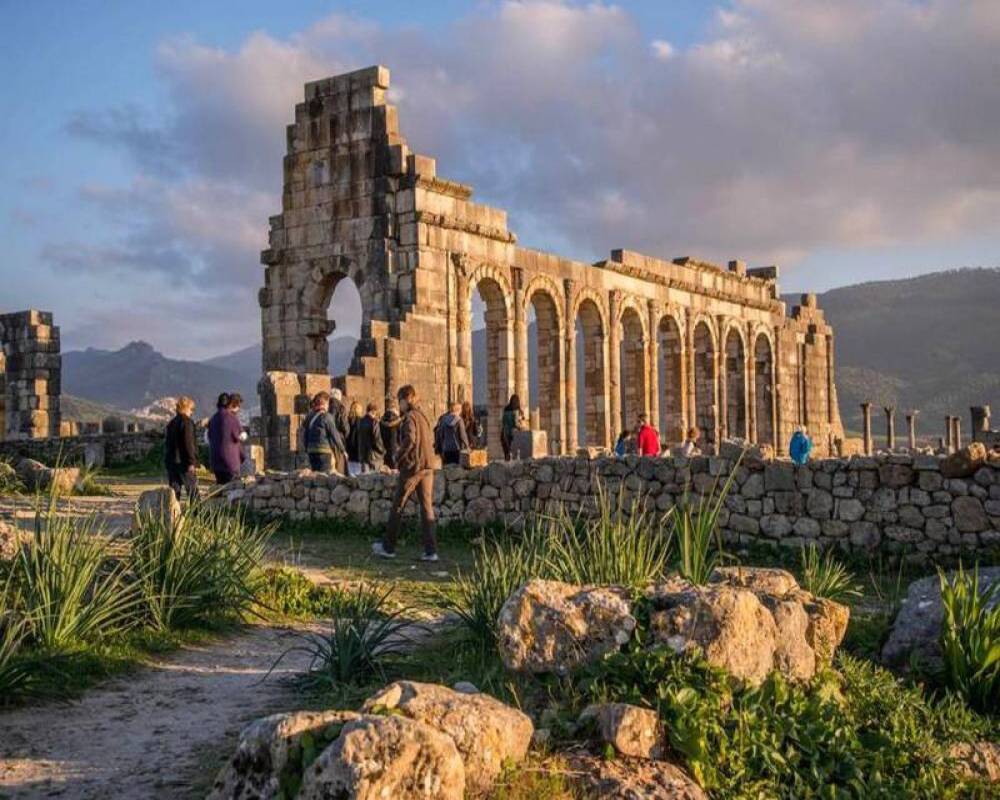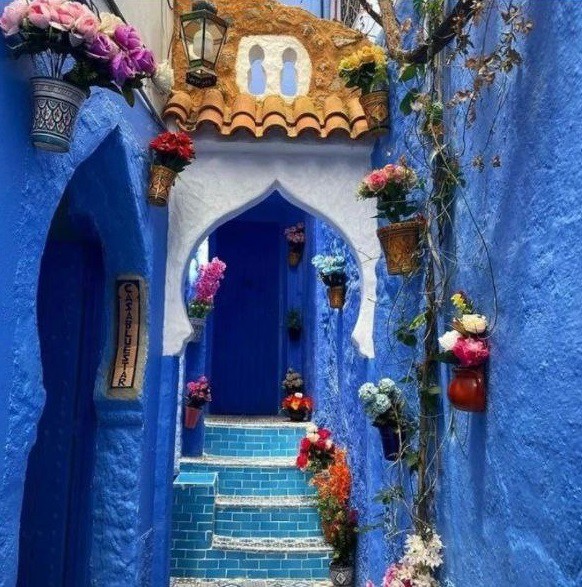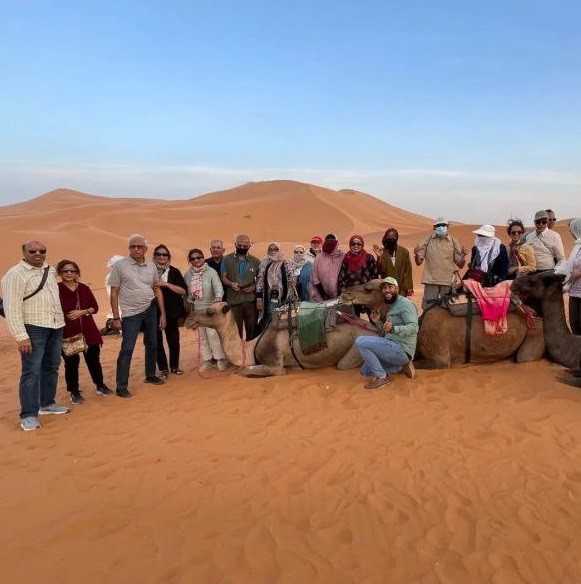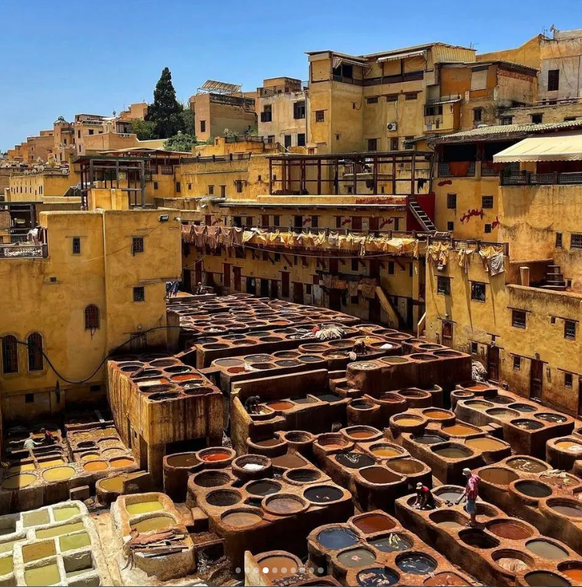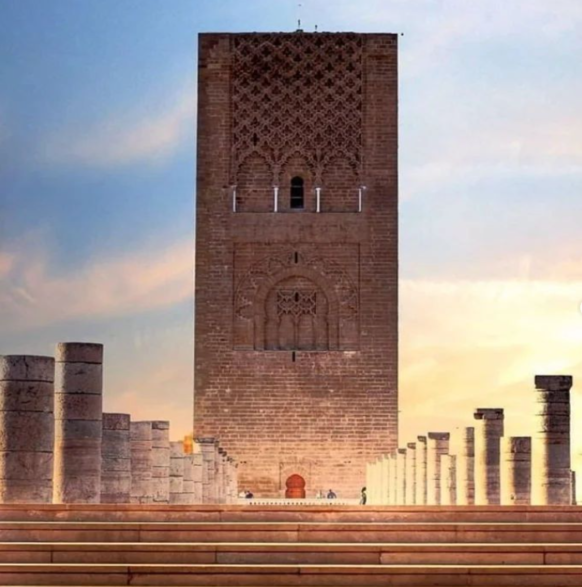Discover the Timeless Craftsmanship of Dar Dbagh in Fes: Unveiling Centuries-Old Leather Artistry
Discover the Timeless Craftsmanship of Dar Dbagh in Fes: Unveiling Centuries-Old Leather Artistry
Historical Heritage: Tanning is an ancient practice in Morocco, dating back to the Almohad dynasty in the 12th century. The techniques and materials used in the tanning process have remained unchanged over the centuries.
2. Chouara Tannery in Fes: This tannery, nearly 900 years old, is the largest traditional Moroccan tannery. Over 500 master artisans work in the 1200 vats of the Chouara tannery in Fes.
3. Economic Importance: Tannery craftsmanship is crucial for Morocco's economy, as the country is a reference in the leather industry. Morocco has even given its name to leather goods.
4. Materials and Techniques: Worked materials include sheep, cow, goat, and camel skins. Tanning techniques have not changed for a thousand years. The entire process takes about thirty days.
5. Tanning Process:
- Step 1: Skins are soaked for several days in vats containing lime, pigeon dung, and ammonia.
- Step 2: Dyeing is done using natural colors such as poppy flower for red, indigo for blue, henna for orange, and mint for green.
- Step 3: Skins are then rinsed and dried in the sun for three days.
6. Tannery Quarter in Fes: The Chouara quarter in Fes, at the heart of the Fes el Bali medina along the channeled Fes River, is abundant in shops offering high-quality leather goods. The leather processing process requires a large amount of water.

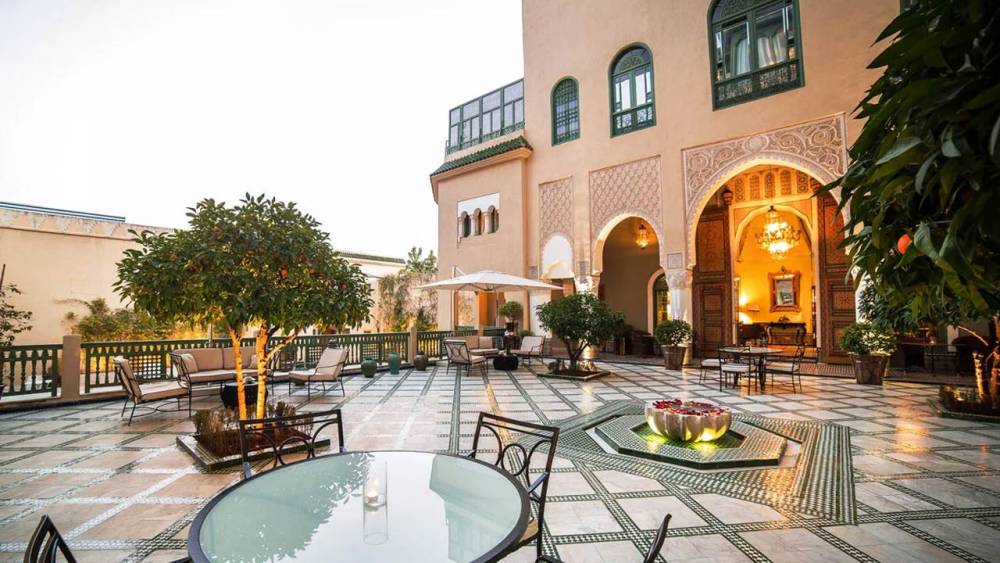
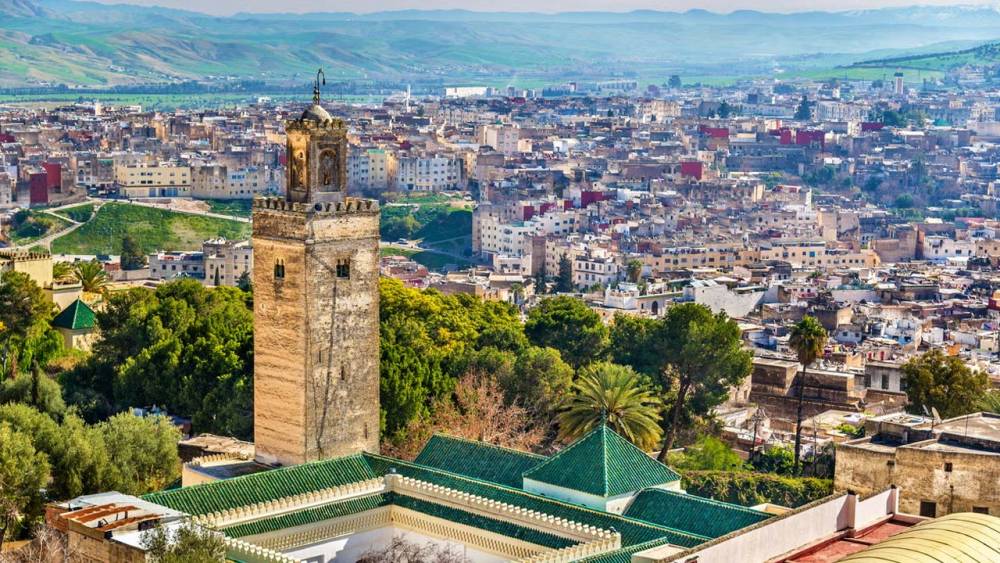


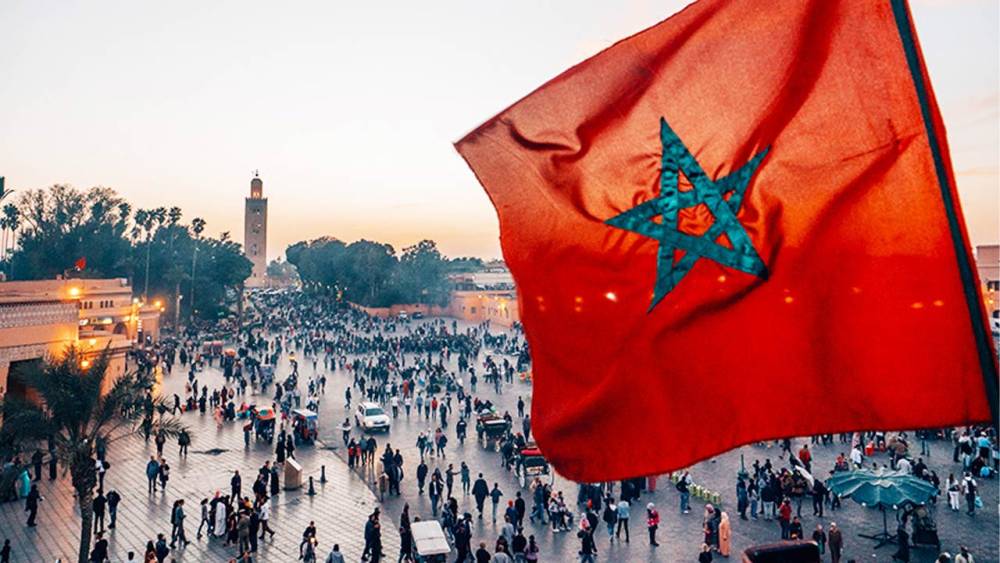



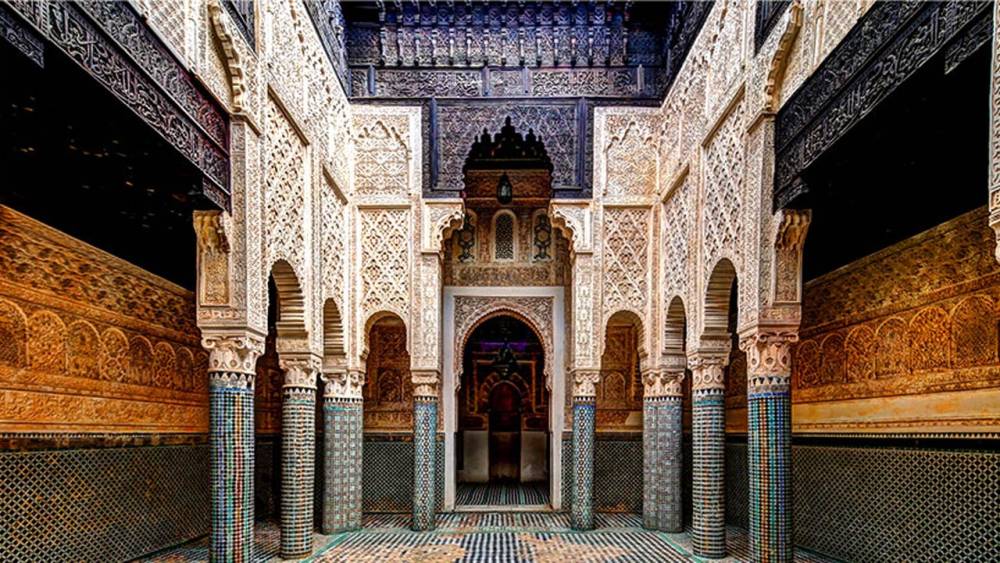
 3T-Travel
3T-Travel

